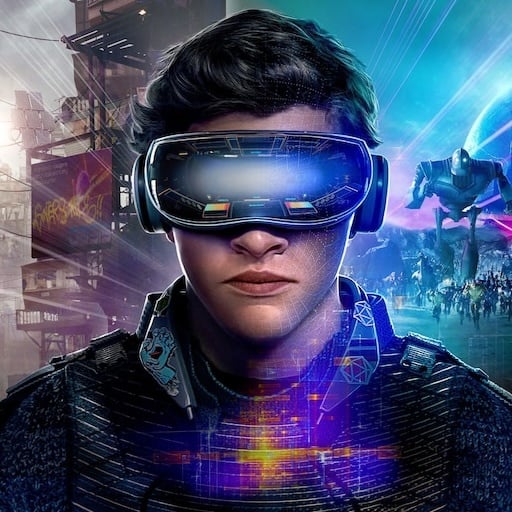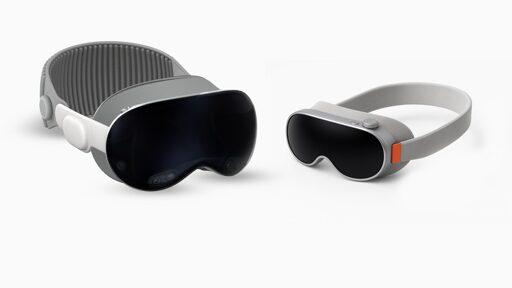Cutting it down to half the size would mean bringing it down around 310 grams; certainly not be easy but also not entirely unrealistic, especially if they stick to an off-board battery. After all, Bigscreen Beyond is around 180 grams. It might not be a standalone headset, but it shows how compact the housing, optics, and displays can be.
And half the cost would mean a price tag of roughly $1,750. Still not cheap compared to most headsets out there, but significantly more attainable, especially if Apple can market it as also being the best TV most people will have in their home.
This might seem obvious. Making any tech product smaller and cheaper is a good thing.
But my point here is that Vision Pro is disproportionately held back by its size and cost. It has way more to be gained by halving its size and cost than Quest, for instance, because Quest’s core UX is still very clunky.



Fr.
The hardware is good enough now. It can be priced better, but what it really needs are killer apps. And I don’t think the average person, tech fan or otherwise, gives a shit about being able to do what they already do with productivity tools on a regular screen with documents and spreadsheets in VR. Meetings in VR are cool; but they could have just been an email. Apple isn’t even focusing on the main audience for the tech when they go all-in on it being a productivity device and not a gaming or learning device.